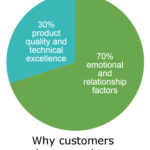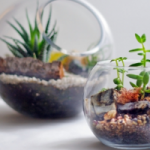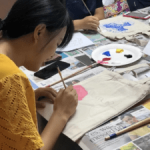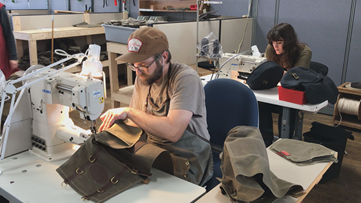
In this booming world, everyone had a luxury car and some may have transport vehicle whatever would say every vehicle needs to go for service when its not working in proper condition if so the case that has been repaired in a carriage or Many of us might have heard about carriage or workshop. Due to the evolution of technology development and different kindly of leather has been made by treating the skin of cattle. Where all the works can be done at a spot called a leather workshop . Do you know what is the exact definition of leather? Its an animal hide that should be treated for making various daily usage products like clothes, bags, shoes, furniture, and sports equipment. This technique of making leather is very olden it developed before 7000 Years which was done by Egyptians. During that period the fresh skin or hive of cattle dried naturally in sun rays and preserved it by salting and smoking. Later on, the stages Arabs are implemented and preserved the procedure for the art of leather making which brings the leathers worthiness and cost. In the 19th century, a lot of special machines have developed for making a variety of crafted leather by the various process of flushing cutting, splitting, stitching, and so on.
Types of leather crafted products
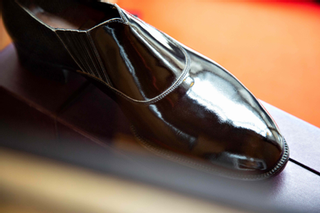
Choosing leather carefully would give high durability of that and natural friendly environment. Don t think that only cattle skin can be used for making leather products its not like that. Many animal skins also used for making leather and cost also would be high comparatively to these cattle. Ostrich calfskins are seen by their particular bangs which are coming from their thick tufts. The ostrich calfskin is delicate and light-weight, yet thick and truly solid, making it ideal for both extravagance shoes and packs. Shoes made of this ostrich cowhide are viewed as especially satisfying. Ostrich homes can be found all through the world, regardless creates in the Republic of South Africa are normally known for making the best ostrich cowhides Elephant calfskin is perhaps the best and shocking cowhide, in the opinion of the little proportion of calfskins going to creation as a rest delayed consequence of kicked the bucket creatures. The cowhide is fundamentally sporadic in its surface in any case comes in grain and nubuck finish. They measure from 1,5 to 2,5 mm in thickness and can have up to four square meters in size. The calfskins are as a rule kept to typical, earth-adjusted tones. Elephant cowhides are sourced from Italian tanneries, and the calfskins are coming from the Republic of South Africa and Namibia. Hippopotamus calfskins resemble elephant cowhides concerning thickness, quality and structure. Regardless, its surface is more covered with wounds and scars and they are tanned with nubuck finish and trademark tones in a manner of speaking. Also, similarly as with the elephant, the deftly of hippopotamus cowhides is limited, which typically moreover makes them a charming phenomenon. Snake skins, for instance, cobras and pythons are known for being significantly lighting up. The skins can be incredibly shaky, going from 0,3 to 0,8 mm, yet they are commonly solid. Snake skins can be used for such sacks and enhancements, at any rate, the thinnest skins are preferably invigorate by taking advantage of a solid calfskin. Our cobras and pythons are imported on a very basic level from Asia.

